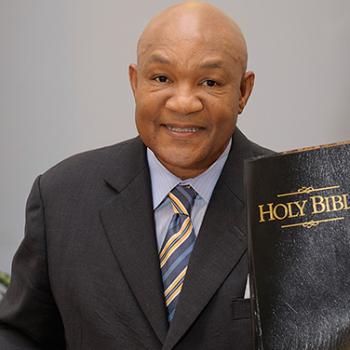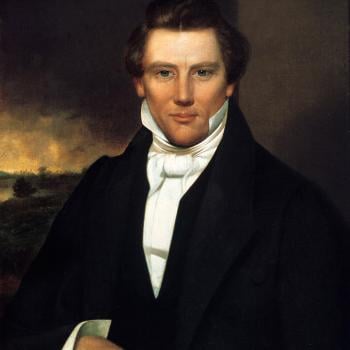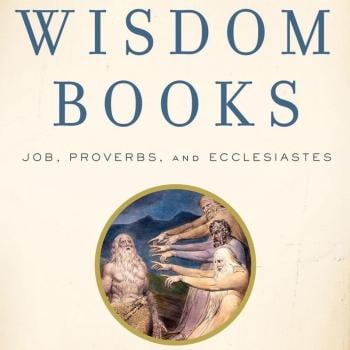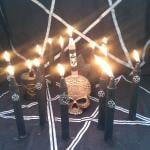In this and the following post, I will give some of my own reflections prompted by this book. I think it is a very important book, indeed the one most serious criticism of the book is that I could have wished for more on two fronts: 1) more dealing with the relevant Biblical texts which Roman Catholics uses to justify their ecclesiology and sacramental praxis, and 2) a chapter on the saints. Ken Collins has remarked to me that they were concerned about the book getting too long, and I understand that, but perhaps we can have a 2nd edition which will do more. In any case, even as it is with certain deficiencies, it is a very important book, which sets out to and accomplishes its mission and intent, and I would urge all good Protestants, Catholics and Orthodox to read it quite carefully and prayerfully. It is not a scree nor is it a critique of those who don’t know the Catholic Church very well. Indeed Ken Collins grew up in the Catholic church and went through parochial education growing up in New York.
The first thing I would add to the discussion is a brief summary of ‘how it is that the church which had no priests, no sacrifice of the Mass, no popes, no icons’ in the first century A.D. became a church which had all of these things and more.
First of all the NT does speak of something of a hierarchy of leadership of apostles, their co-workers, elders, deacons, and later ‘overseers’ (whom we call episkopoi) but: 1) it is not a gender specific matter (there was at least one apostle named Junia (Rom. 16) and various women deacons (e.g. Phoebe in Rom. 16) and various other women leading house churches such as Lydia or the mother of John Mark, and women prophetesses and teachers as well (see Acts 18-19); 2) there is no historical evidence of a chain of ‘apostolic’ succession (see the book by Walls and Collins) indeed the idea and practice of such a chain can’t be traced back before the end of the second century or into the third, and theology to back up the practice is even later in origins. There were no monarchial bishops of any sort in the first century (Ignatius of Antioch seems to have been the first) nor were there any Popes; 3) what happened in the second-third centuries that made the church change so drastically from its apostolic and ancient character are a combination of factors including— the church became overwhelming Gentile, and its leadership became increasingly male, in part because of the loss of the early eschatology indicating a new covenant was going to be genuinely new (for instance it was going to involve women leaders, with baptism being a gender inclusive sign of the new covenant unlike circumcision the sign of the Mosaic one); 4) another major factor, especially when the church emerged into the light thanks to Constantine and was a recognized public institution was that in the desire to look like other popular religions it embraced a model of temples, priests, and sacrifices, like Greco-Roman religions, but as a sort of compensation it also embraced an OT hermeneutic to keep things ‘Biblical’— In particular it embraced a Levitical view of ministry, so that ministers became priests, the Lord’s Supper, previously a fellowship meal became primarily a sacrifice offered to God rather than Christ offering himself symbolically in the bread and wine, Sunday was increasingly viewed as the sabbath, and house-churches became basilicas, like those which already existed in the Greco-Roman world. In short, an OT vision of the church and its ministry replaced a NT one, at the expense of women in ministry and also at the expense of the priesthood of all believers. The NT does not enunciate a theology of a class of priests called clergy. 5) I would be remiss if I didn’t also mention one other factor— asceticism, a deficient view of the goodness of human sexuality, such that true holiness came to be associated in the Catholic tradition with not merely refraining from sexual activity, but also abstaining from marriage. Needless to say, this is not the theology of holiness advocated by the Jewish writers of the Bible, including the NT which was entirely written by Jews, with the possible exception of Luke-Acts.
One other thing— the church did not ‘choose’ the canon, it simply recognized in the fourth century which books were genuinely apostolic and which were not. This involved a process of discernment led by the Holy Spirit, and as my old mentor Bruce Metzger used to say, various books were not ‘excluded’ that had previously been included in some form of canon— rather they excluded themselves by their lack of apostolic pedigree or lack of apostolic orthodox content. No Gnostic documents had ever been part of a canon list of approved books for reading and proclamation. No second century books are found in the NT canon. See Metzger’s book on the formation of the canon or my book The Living Word of God. In short, the church was not the final authority over the apostolic tradition and the canon, quite the contrary the church had to recognize the final authority of the apostolic tradition enshrined in the NT.















